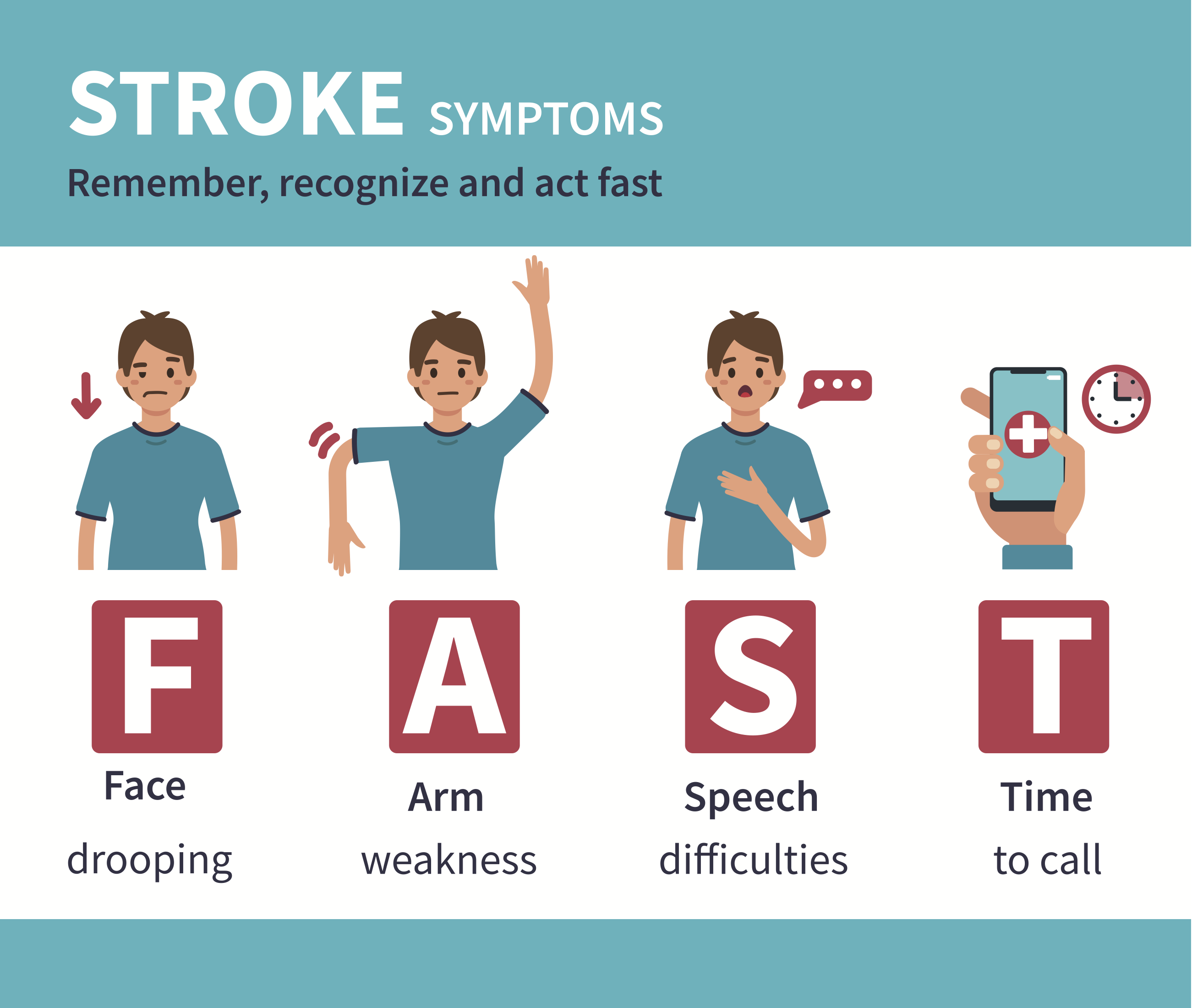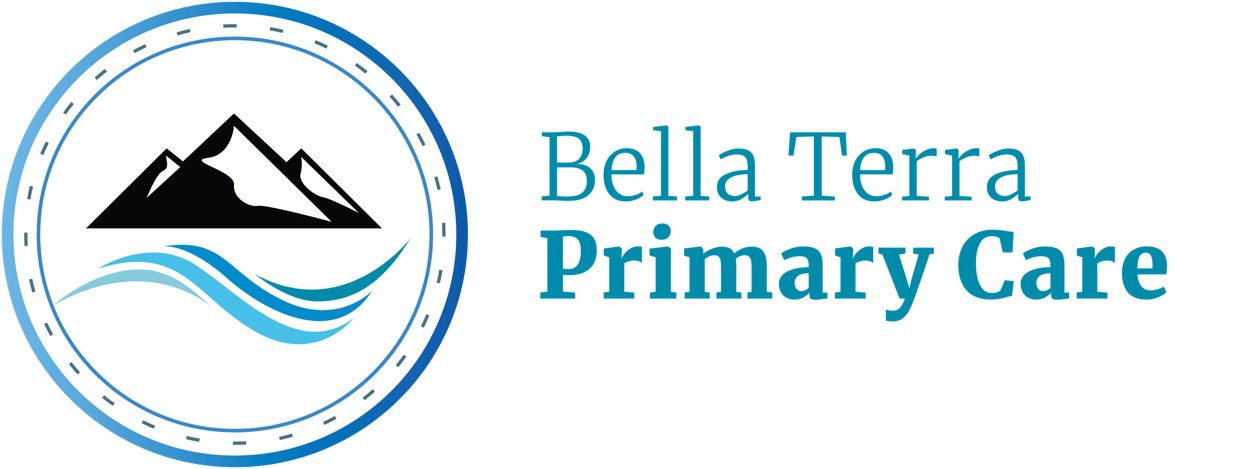
Be FAST: How to Spot a Stroke
Every 40 seconds, someone in the U.S. has a stroke. In addition to how common they are, one of the most frightening things about strokes is how suddenly they can strike. A stroke often occurs with no warning, so it’s important to not only know what symptoms to watch for, but what to do if you or someone you know has a stroke.
The FAST acronym was developed to help individuals remember specific stroke symptoms and how to react when they occur. Check out this guide to learn more about what happens during a stroke, the key signs to memorize, and prevention strategies.
What Happens During a Stroke?
A stroke occurs when the brain’s blood supply is interrupted. There are two types of strokes depending on how the blood supply is affected:
- An ischemic stroke develops due to a blockage, such as a blood clot, fatty deposits, or particles in the blood vessels.
- A hemorrhagic stroke occurs when a blood vessel in the brain leaks or ruptures. This type of stroke can be related to factors like uncontrolled high blood pressure, aneurysms, or head injuries.
During a stroke, brain cells can begin dying within minutes. Lasting brain damage, disability, or even death are possible. With prompt treatment, however, outcomes can be improved.
F: Face Drooping
During a stroke, a person’s face may droop or go numb on one side.
Sometimes, this symptom can be difficult to identify when a person’s face is neutral or at rest. One way to clarify is to ask the person to smile. If only one side of their mouth turns up, it could indicate a stroke.
A: Arm Weakness
The arms can also be affected by a stroke by becoming weak or numb. This usually occurs in just one arm. While they may still be able to use that arm to some extent, the difference in feeling and strength will be noticeable.
Check for this sign of a stroke by asking the person to raise both their arms in the air. If one arm drifts downward or they struggle to hold it up, they may be having a stroke.
S: Speech Difficulty
A stroke can affect a person’s ability to speak. Often, the speech becomes slurred and difficult to understand. They may even struggle to get words out at all.
Test for this symptom by asking the person to repeat a simple sentence or phrase. Listen for clues which indicate a stroke, such as words slurring together or difficulty speaking.
T: Time to Call 9-1-1
The last letter in the FAST acronym is a call to react to the situation and get help as quickly as possible. If you see any signs of a stroke, call 9-1-1 right away.
Even if only one symptom appears, it’s important to act quickly. Call an ambulance so the emergency medical services team can begin treatment on the way to the hospital; do not drive yourself if you’re the one with a possible stroke. Note the time when symptoms first began.
Time is crucially important when dealing with a stroke. The loss of blood flow to the brain can cause serious damage. Treatments are available, but they are most effective when a stroke is recognized and diagnosed within three hours of the first appearance of symptoms. The sooner these treatments can be administered, the better.
Other Stroke Symptoms
Besides the signs related to the face, arms, and speech, there are several other signs which may indicate a stroke:
- Sudden confusion or difficulty understanding
- Sudden difficulty seeing in one or both eyes
- Sudden weakness or numbness in the leg
- Sudden difficulty walking, loss of balance/coordination, or dizziness
- Sudden severe headache without a known cause
Seek medical help immediately if you or someone you know has any of these stroke symptoms.
What Is a Ministroke?
Some people experience a transient ischemic attack (TIA), which is often referred to as a ministroke. It involves similar causes and symptoms as a stroke, but the symptoms are only temporary, sometimes lasting only a few minutes. People who have had a TIA still need to seek emergency care as soon as possible, even if the symptoms have gone away.
Tips for Preventing a Stroke
Lowering your risk for a stroke requires making healthy lifestyle choices. Some of the best stroke prevention strategies include:
- Eat a healthy diet. Focus on getting plenty of fruits, vegetables, and whole grains, and avoid saturated fats and trans fats.
- Exercise regularly. Aim for a minimum of 30 minutes of moderate physical activity most days of the week.
- Moderate alcohol use. Try to limit your alcohol consumption. Talk to your doctor about what your limit should be based on personal health factors.
- Avoid cigarettes and illegal drugs. Exposure to secondhand smoke and the use of cigarettes, cocaine, and methamphetamine can all contribute to a higher risk.
Another prevention strategy is to make sure you’re properly managing any conditions that put you at an increased risk of stroke, such as:
- High blood pressure
- High cholesterol
- Diabetes
- Cardiovascular disease
- Obstructive sleep apnea
- COVID-19
The medical team at Bella Terra Primary Care can help you determine your risk of stroke and provide helpful guidance for taking preventative steps. Schedule a physical exam today to start taking a proactive approach to your health and wellness.
